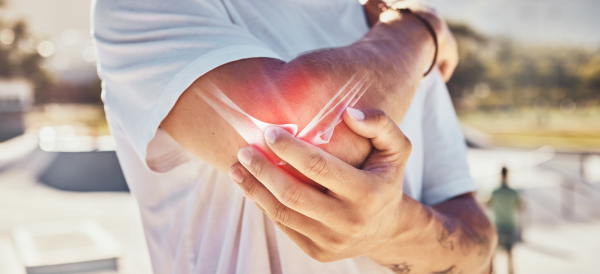Mucopolysaccharide Protein
Mucopolysaccharides a.k.a. Glycosaminoglycans (GAGs) are long chains of sugars (carbohydrates) present in each cell of the body as well as in the fluid lubricating our joints. GAGs are highly polar water-binding molecules that can hold nearly 1000 times their own weight and are found in vertebrates, invertebrates, and bacteria. They help in building bones, cartilage, tendons, corneas, skin, and connective tissues, etc. Mucopolysaccharides in combination with proteins form Mucoproteins or proteoglycans.
Based on their core disaccharide structures, GAGs are classified into four groups-
- Heparin/ heparan sulfate (HSGAGs)
- Chondroitin sulfate/ Dermatan sulfate (CSGAGs)
- Keratan sulfate
- Hyaluronic Acid/ hyaluronan
Decrease in amount of enzymes breaking GAGs can result in permanent progressive cellular damage that affects the individual’s appearance, physical abilities, organ and system functioning, and mostly mental development.
Some benefits of Mucopolysaccharide Proteins:
- GAGs primarily function in stabilizing the most important structural proteins collagen and elastin, promoting a youthful glow in skin.
- Due to its water attracting nature, GAGs are used as lubricants and shock absorbers by the body.
- Reduces cartilage deterioration and inflammation.
- Works as the “building blocks” of new joint cartilage, making it beneficial for managing osteoarthritis/ degenerative joint disease.
- Provides support and adhesiveness in bone, skin, and cartilage.
- Assists in weight loss by reducing leptin levels in the body.
- HS functions in cell adhesion, regulation of cell growth, developmental processes, etc.
- Dermatan sulfates function in the skin, tendons, blood vessels, and heart valves.
- Used as an anticoagulant and in cancer treatment.



